
Over the past six years—since announcing its first grants in 2009—the Magnum Foundation Emergency Fund has supported the work of 60 photographers, in 42 countries, to the tune of a total of over $500,000, with the funds helping photographers work on under-reported issues. The Foundation also offers an infrastructure of collaborators, partners, advisers, editors to help evolve and disseminate the anticipatory work they produce, that is both dynamic and effective.
This year’s selection of awardees are Massimo Berruti, Matt Black, Peter DiCampo, Emine Gozde Sevim, Curran Hatleberg, Guy Martin, Pete Muller, Elena Perlino, Nii Obodai Provencal, Asim Rafiqui and Peter van Agtmael. Each will receive a budgeted grant that will enable them to offer new perspectives or to complete “second chapters” of stories they have previously explored. For example, Black will extend the work he has done in California, for his Geography of Poverty project, to the American Southwest.
“The driving factor in every single decision I’ve been part of over the years is a sense of excitement for the excellence and originality and necessity that each photographers’ work conveys,” says Philip Gourevitch, who has served on the Magnum Foundation’s independent Editorial Committee since the first Emergency Fund grants were made. “We haven’t funded a thing in my time there because we liked the idea more than we believed in the photographers’ ability to realize it. But we have always found ourselves funding work that convinced us to take a chance on an unexpected idea. And this feels exactly right — just as it should be for the EF to serve photojournalism today and for the future.”
“These kinds of grants are essential in the creative process as they allow photographers to make the kinds of pictures that he or she feels best suit the experience. Sometimes those pictures are unconventional,” says Muller. “It is to be expected that commercial work occasionally requires modifications to ones personal process for the sake of pleasing a client. The Emergency Fund and other, similar grants provide opportunities to make pictures that truly reflect your vision and perspective on a topic for which you feel great passion.”
While, Magnum Foundation’s president Susan Meiselas notes that “there is still a strong prize culture that recognizes photographers for work already completed rather than seeding new production, [the priority for the Emergency Fund has been] to invest in new production and fund photographers in a way that allows them to take the time they need in the field to produce in-depth work.”
“The 21-day structure of the Emergency Fund grants are a unique and very positive characteristic,” says Muller, referring to the three-week proposals the Foundation sought from its grantees. “I believe that 21 days of consecutive reporting is a judicious window as it allows for immersion but maintains a level of urgency to produce material. As a photographer who often works on assignment, I enjoy working with structure and with deadlines. In some ways the EF grant feels like a perfectly timed assignment on a subject to which the grantee is completely devoted.”
The role of the Magnum EF goes beyond simply providing the means for photographers to investigate stories and make work. Also of equal importance is finding an audience for that work. The Foundation works individually with each photographer to find the most effective partners for distribution through mainstream media channels and NGOs, and to seek other, alternative and creative means of reaching targeted audiences.
The goal is not to circumvent the media, the Foundation says. In fact, it continues to place enormous value on its relationships with media partners to distribute work that is important but has been overlooked or that mainstream media simply does not have the resources to explore. Beyond its partnership agreement with Mother Jones to publish four photo online essays and one photo essay in print annually, work supported by the Magnum Foundation has been published by National Geographic, The New Yorker and TIME among many others. But while the program’s mission remains consistent, shrinking editorial budgets have led the Magnum Foundation to adopted new models for partnerships and expanded its range of approaches for supporting photographers.
Conscious of today’s rapidly changing media distribution landscape, that tends to favor singular images, video and interactivity over long-form linear storytelling, the Magnum EF has embraced photographers, including Benjamin Lowy and Matt Black, who articulate plans to use emerging social platforms strategically and creatively to draw attention to under-reported issues and to build their audiences over time. While, through its related Photography Expanded program of talks and seminars, the Magnum Foundation also encourages photographers to use emerging platforms for storytelling and to collaborate with developers and designers to adopt new tools for distribution, it still remains cautious about the future.
“We initiated the Emergency Fund seeing the disruption in the media landscape, feeling the reality of the funding gap, and fully understanding that we needed to find ways to sustain high quality, in-depth work that could no longer be produced through the media alone,” says Meiselas. “Over these last years we hoped to see innovative funding strategies emerge, instead we see more free exchange models, creating traffic and ‘followers’, but not significant income for photographers. This continues to be the challenge that needs to be addressed today”.
The Foundation is also cognizant of emerging markets across the world. In recent years and months, it has partnered with New York University’s Tisch School of the Arts to provide the next generation of young, non-Western photographers and human rights activists with scholarships and training in the ethical use of photography in the advancement of social justice – this year’s fellows, all between the ages of 18 and 33, are Anastasia Vlasova (Ukraine), Muyi Xiao (China), Nour Kelze (Syria), Chery Dieu Nalio (Haiti), Basel Alyazouri (Palestine), Sipho Mpongo (South Africa), Xyza Bacani (Philippines)– and has launched multi-year partnerships that support and mentor photographers to produce and distribute independent projects focused in specific regions. In 2014 Magnum Foundation partnered with Asia Society’s ChinaFile to create the Abigail Cohen Fellowship in Documentary Photography —this year awarded to photographers Yuyang Liu and Souvid Datta— to produce stories that engage with under-reported and critical issues facing China today. On a parallel path, the Foundation is also working with the Arab Fund for Arts and Culture and the Prince Claus Fund on a new long-term partnership to support young documentary photographers who are living and working in the Arab region.
For 2015, the Foundation’s Emergency Fund is planning new partnerships and funding opportunities to support in-depth projects throughout the year in response to the world’s most pressing issues.
Phil Bicker is a Senior Photo Editor at TIME
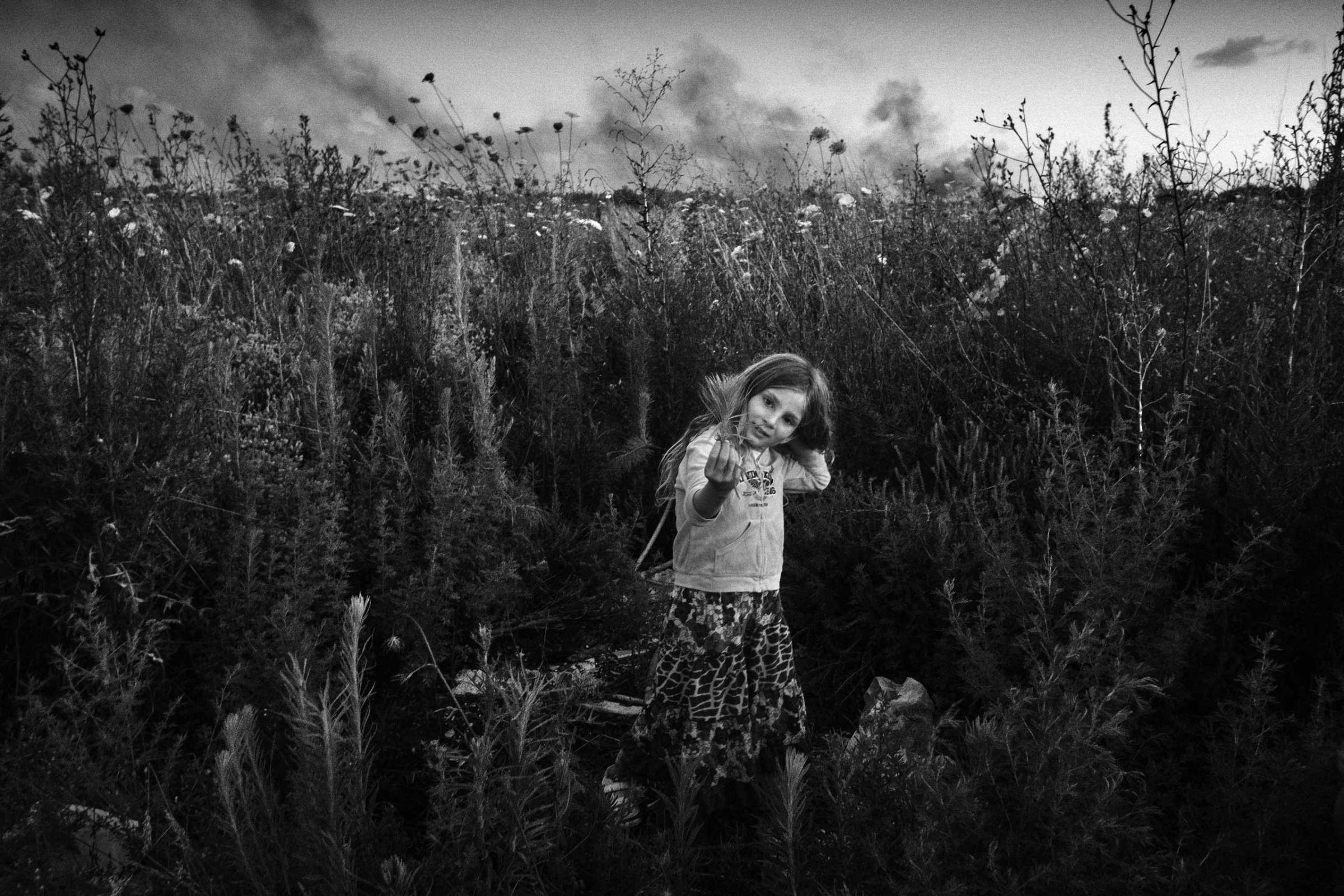


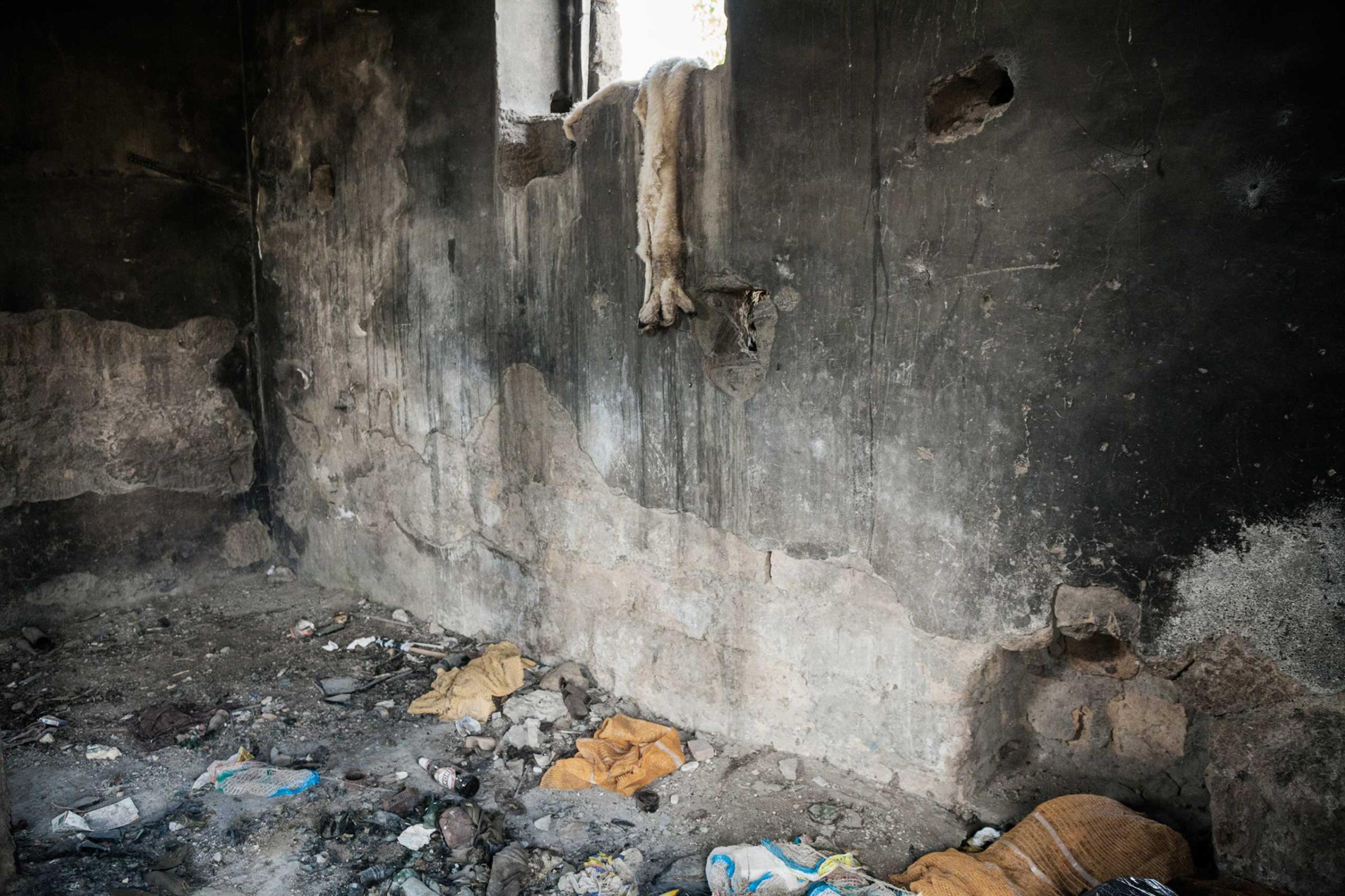
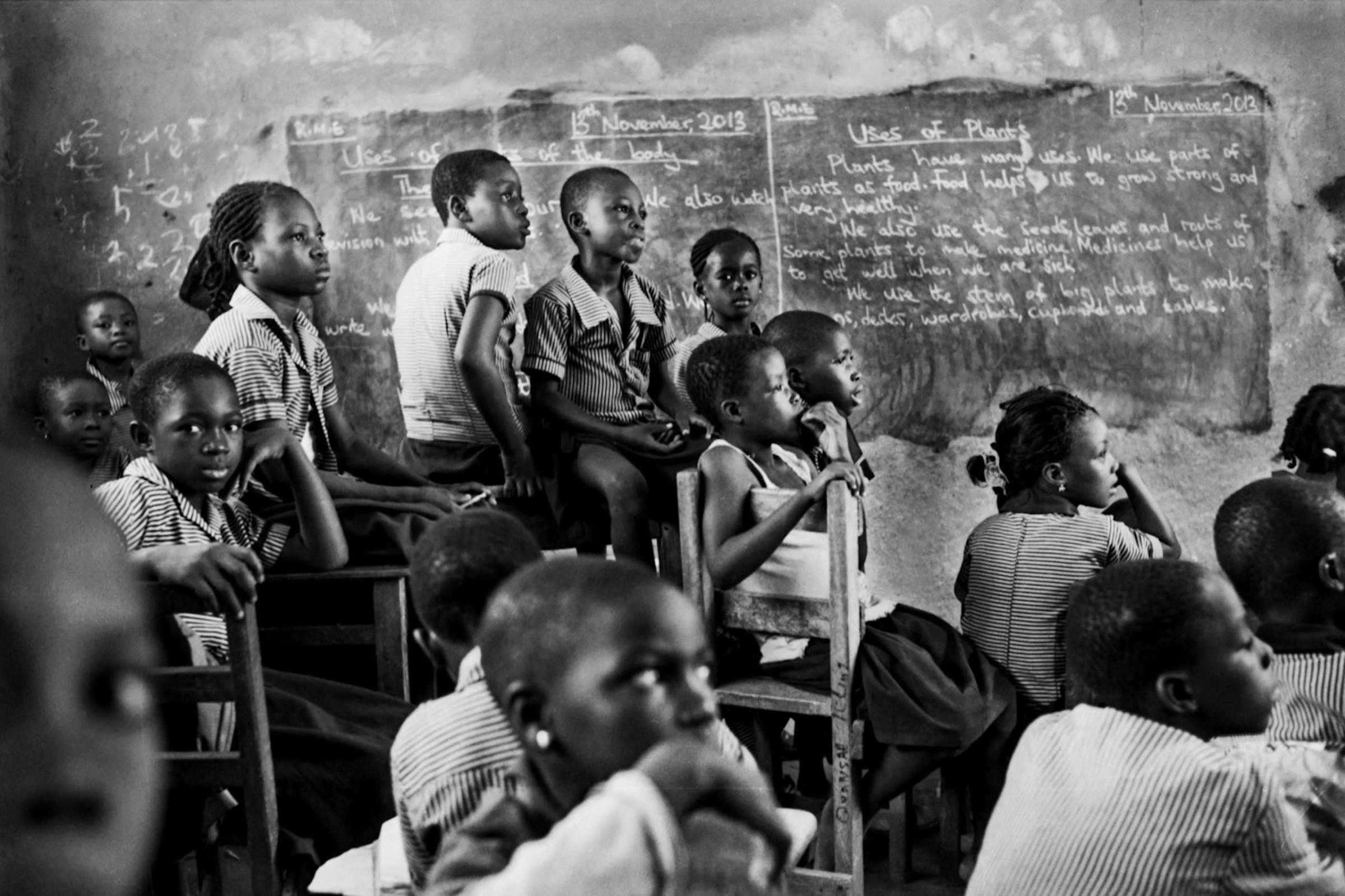


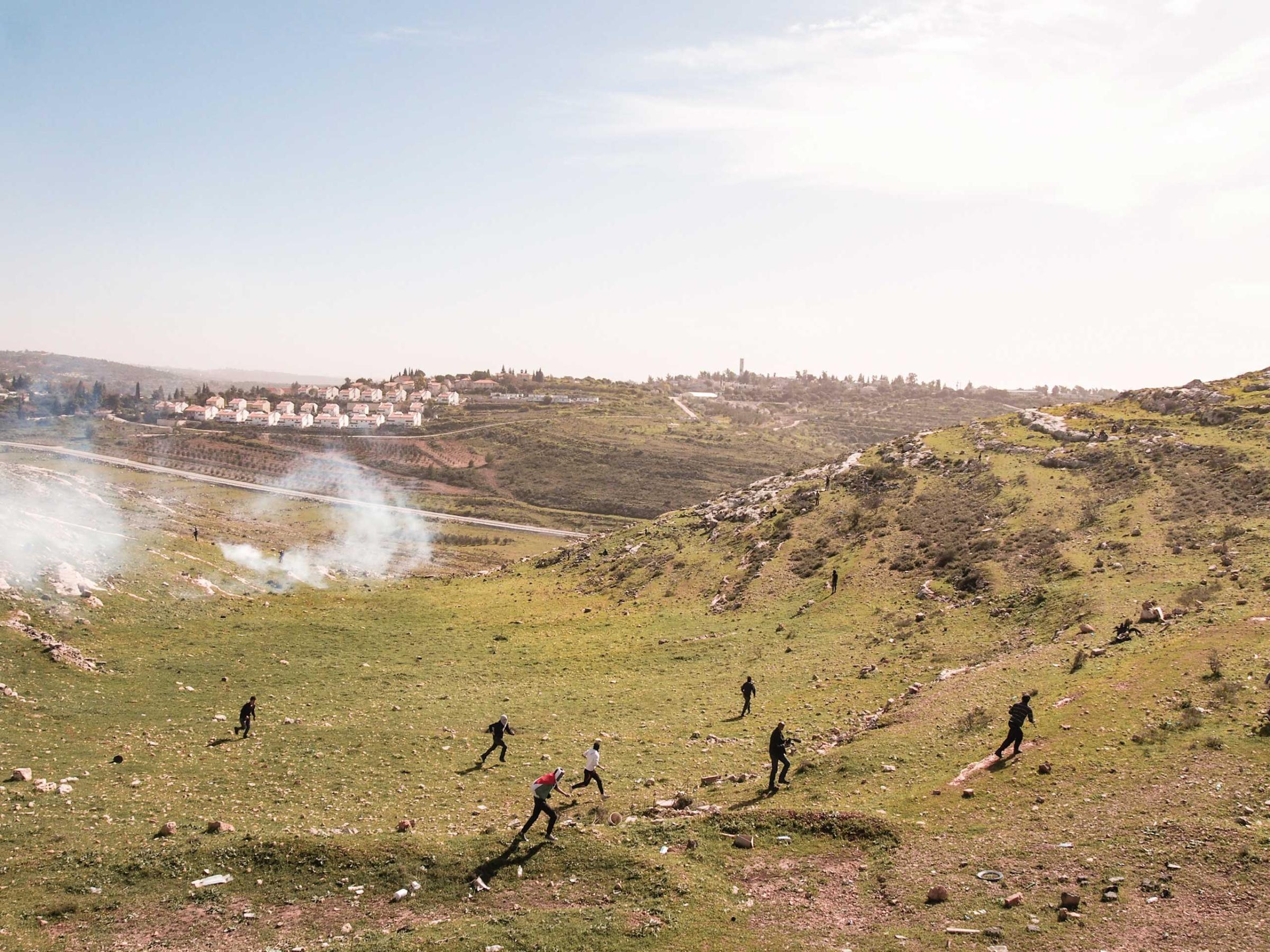
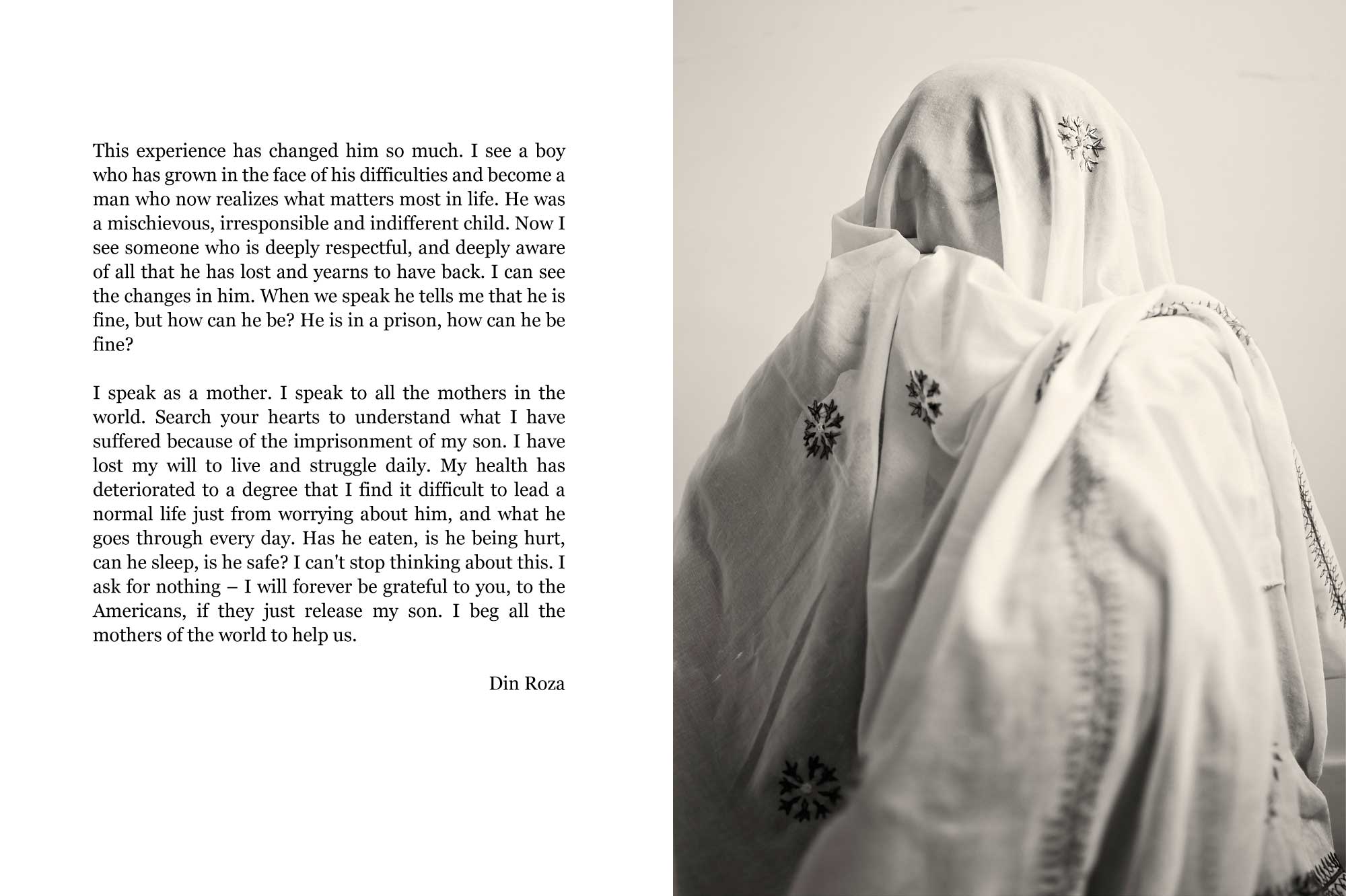


More Must-Reads From TIME
- The 100 Most Influential People of 2024
- The Revolution of Yulia Navalnaya
- 6 Compliments That Land Every Time
- What's the Deal With the Bitcoin Halving?
- If You're Dating Right Now , You're Brave: Column
- The AI That Could Heal a Divided Internet
- Fallout Is a Brilliant Model for the Future of Video Game Adaptations
- Want Weekly Recs on What to Watch, Read, and More? Sign Up for Worth Your Time
Contact us at letters@time.com